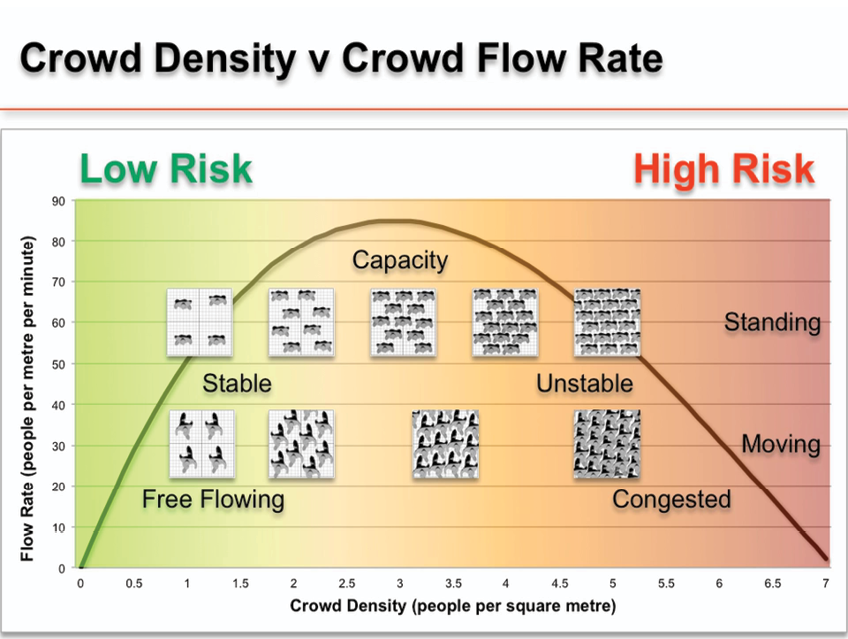109
Technical Research |Abstracting the Human Systems
108
Technical Research |Abstracting the Human Systems
agent to interact with them, or anything in between depending on the objective. Simply put: if distance is less than r, apply force. (Fig. 2.3.23 - 24)
This basic distance-based calculation, while simple, is enough to set a rule where agents have a higher urge to avoid something the closer they are to it, emulating a behavior in the physical world where people gradually move to avoid something they see in the distance, but move much more quickly if they’re about to walk into it. This can also cover physical behaviors, such as congestion when the space around the agent becomes limited. (Fig. 2.3.25) In the future however, one can consider additional levels of calculation; instead of a direct distance-to-force correlation, this distance data—which itself can be influenced by geography and culture—can instead be used to drive attributes such as comfort and stress, which in turn, can be used to manipulate the acceleration force that drives the agents. This additional level of inference can introduce even more complex behaviors, such as leaving if it becomes too uncomfortable, or subconsciously choosing the lowest stress path towards their goal as they are moving. For this prototype, however, simple distance-based calculations should be enough to portray simple crowd movements at a macro scale.
With these three steps of Action selection, Steering, and Locomotion, one can create a basic pathfinding system. This gives the agents a means of navigation, allowing them to avoid various elements within the simulation. (Fig 2.3.26)

Crowd density vs crowd flow rate graph
This crowd density vs crowd flow rate graph shows one example of how one might establish a correlation for the personal spaces that drives the pathfinding of these agents.
From Keith Still, “Static crowd density (general),” Crowd Safety and Risk Analysis, accessed December 27, 2019, http://www.gkstill.com/Support/crowd-density/CrowdDensity-1.html.